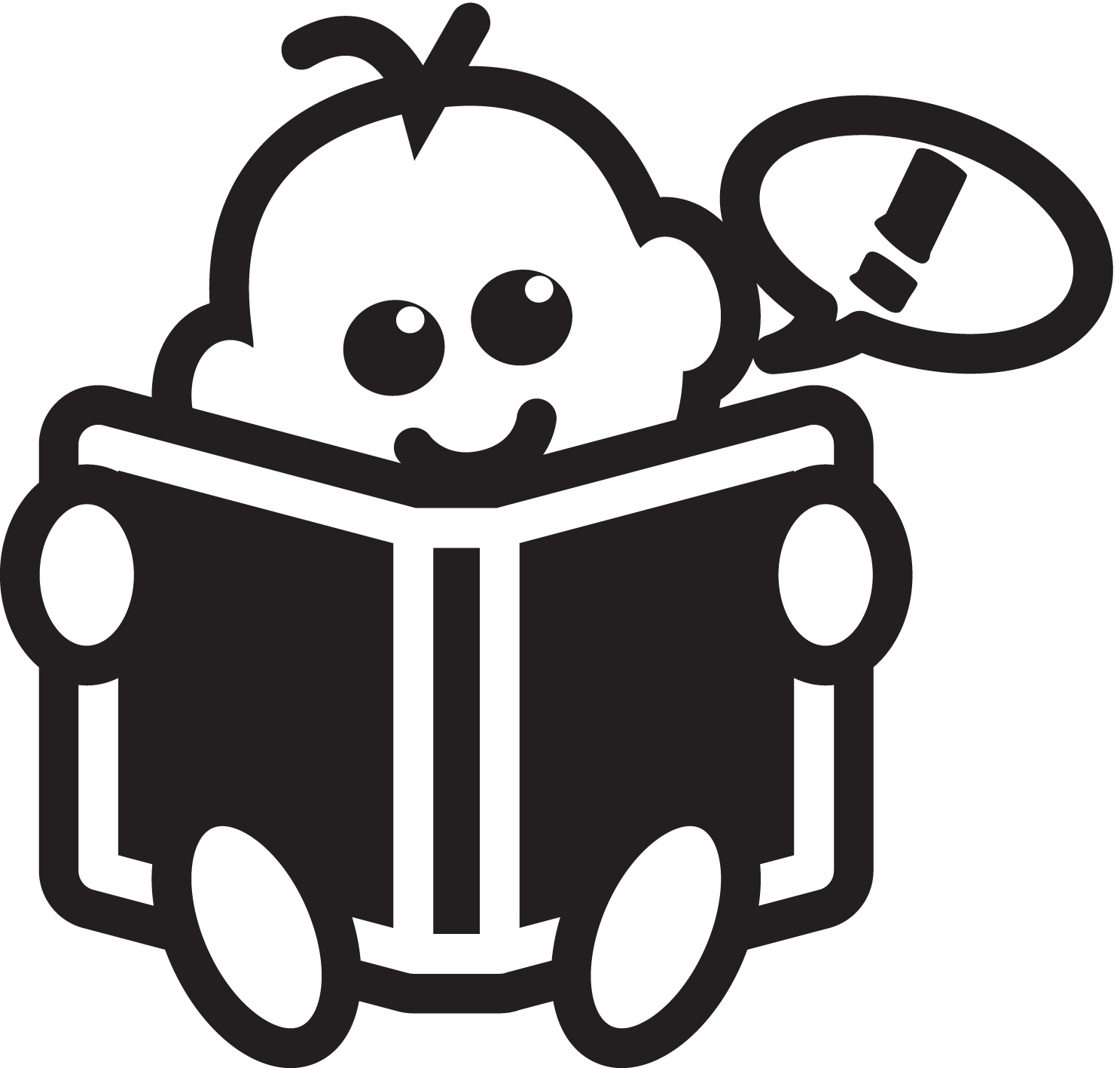Bilingual education in schools: An examination of different models of bilingual instruction and their effectiveness in helping children become fluent in more than one language.
Bilingual education has been a topic of great interest in recent years, as more and more research has shown the many benefits of being fluent in more than one language. From improved cognitive function to increased career opportunities, the advantages of bilingualism are undeniable. One of the most effective ways to become fluent in a second language is through bilingual education in schools. But what exactly is bilingual education, and what are the different models that exist? In this blog post, we will take a closer look at the different models of bilingual instruction and examine their effectiveness in helping children become fluent in more than one language.
The first model of bilingual education is the “dual-language” or “two-way” immersion program. This program is designed to educate both native English speakers and native speakers of the target language. It is designed to help students become fluent in both languages by providing instruction in both languages, with the goal of creating a 50-50 language split in the classroom. This model has been found to be very effective in helping students become fluent in both languages, as well as improving their cognitive abilities.
The second model of bilingual education is the “transitional” or “developmental” bilingual education program. This program is designed for students who are not yet fluent in the target language, but are on the way to becoming fluent. It is designed to provide instruction in both the native language and the target language, with the goal of gradually transitioning students to instruction in the target language. This model has been found to be effective in helping students become fluent in the target language while still maintaining their proficiency in their native language.
The third model of bilingual education is the “maintenance” bilingual education program. This program is designed for students who are already fluent in the target language and are looking to maintain their fluency. It is designed to provide instruction in the target language, with the goal of maintaining students’ fluency in the language. This model has been found to be effective in helping students maintain their fluency in the target language, but it is not as effective as the other models in helping students become fluent in a new language.
In conclusion, bilingual education is a powerful tool for helping children become fluent in more than one language. The different models of bilingual instruction, such as dual-language immersion, transitional bilingual education, and maintenance bilingual education, all have their own strengths and weaknesses. However, the dual-language immersion program has been found to be the most effective model in helping children become fluent in both languages. As a parent, it’s important to research the different models available in your area and choose the one that best fits your child’s needs.


